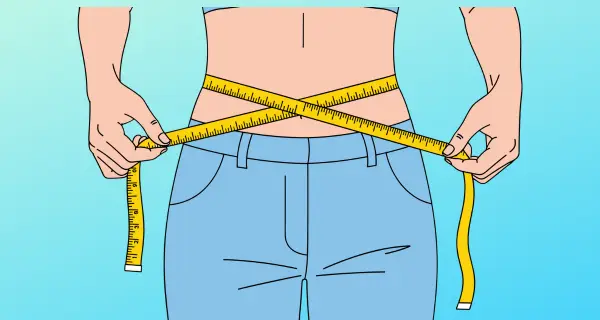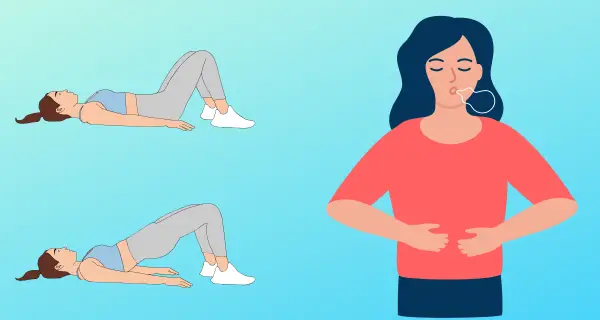
A PT’s Guide to Preventing Cold-Weather Injuries
November is here, and with it comes the chill in the air that signals a shift in our activities. For many, this means dusting off skis, snowboards, and ice skates. But this sudden shift from fall activities to winter sports and chores can be a shock to the system. Thousands of people are treated in…













